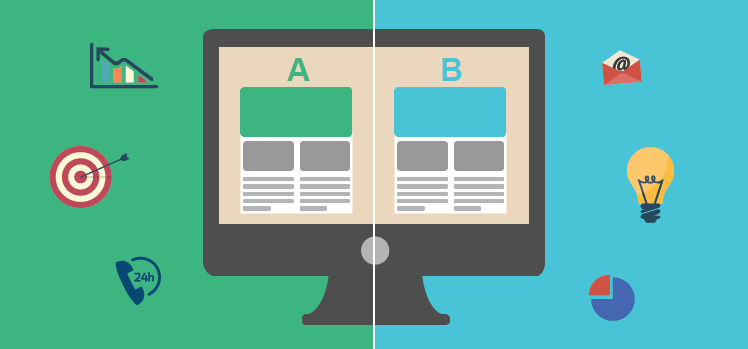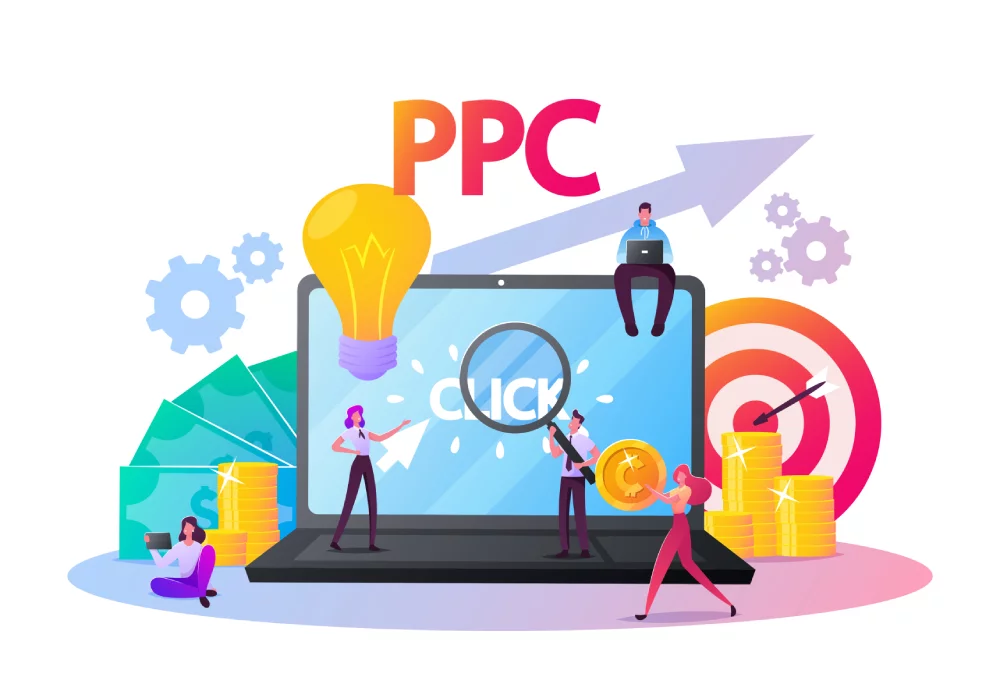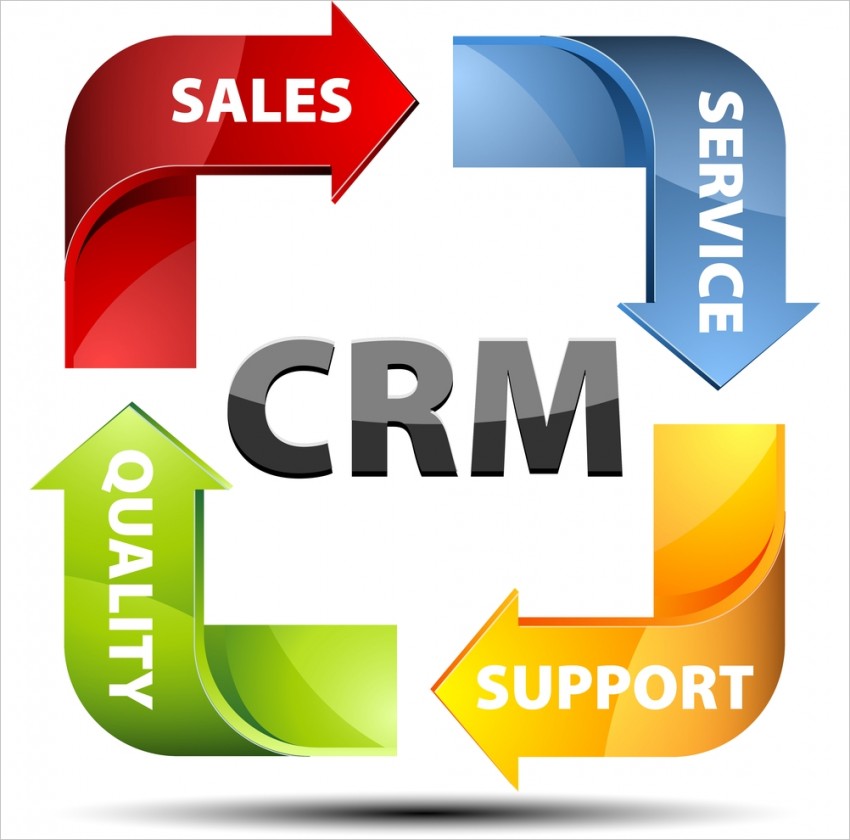A/B Testing Your CRM Marketing: Unlocking Growth Through Data-Driven Decisions

A/B Testing Your CRM Marketing: Unlocking Growth Through Data-Driven Decisions
In the ever-evolving landscape of digital marketing, standing still is akin to moving backward. To truly thrive, businesses must embrace innovation, adapt to change, and relentlessly seek ways to optimize their strategies. One of the most powerful tools in a marketer’s arsenal is A/B testing, and when applied to CRM (Customer Relationship Management) marketing, its potential for growth is immense. This comprehensive guide delves into the world of A/B testing within the CRM context, providing you with the knowledge and strategies to transform your marketing efforts from guesswork to data-backed success.
What is CRM Marketing and Why is it Important?
Before we dive into the specifics of A/B testing, let’s solidify our understanding of CRM marketing. CRM marketing encompasses all the strategies and tactics a business uses to manage and analyze customer interactions and data throughout the customer lifecycle. Its core objective is to build strong, lasting relationships with customers, ultimately driving sales, enhancing loyalty, and increasing profitability. A well-executed CRM strategy allows businesses to:
- Gain a 360-degree view of their customers.
- Personalize marketing messages and offers.
- Improve customer service and support.
- Identify and nurture leads effectively.
- Segment customers for targeted campaigns.
- Measure and optimize marketing ROI.
In today’s competitive market, CRM marketing is no longer a luxury; it’s a necessity. Customers expect personalized experiences, and they are more likely to engage with brands that understand their needs and preferences. CRM systems provide the infrastructure to deliver these experiences, and A/B testing allows you to refine them continuously.
The Power of A/B Testing in CRM Marketing
A/B testing, also known as split testing, is a method of comparing two versions of a marketing asset (e.g., email, landing page, SMS message) to determine which performs better. It involves randomly showing one version (A) to a segment of your audience and another version (B) to a different segment. By analyzing the results, you can identify which version resonates most effectively with your target audience, leading to significant improvements in key metrics such as:
- Click-through rates (CTR)
- Conversion rates
- Open rates
- Website traffic
- Lead generation
- Customer engagement
In the context of CRM marketing, A/B testing allows you to optimize every touchpoint in the customer journey, from initial contact to post-purchase engagement. This data-driven approach allows you to make informed decisions, eliminating the guesswork and maximizing your chances of success. It’s about iterating, learning, and continuously improving.
Key Areas to A/B Test in Your CRM Marketing Strategy
The possibilities for A/B testing in CRM marketing are virtually endless. However, some areas offer particularly fertile ground for experimentation. Here are some key areas to consider:
1. Email Marketing
Email marketing remains a cornerstone of CRM strategies, and A/B testing is crucial for optimizing its effectiveness. Consider testing the following elements:
- Subject lines: Experiment with different phrasing, personalization, and urgency to see which captures the most attention.
- Email content: Test different layouts, calls to action (CTAs), images, and tone of voice.
- Send times: Determine the optimal time to send emails to maximize open and click-through rates.
- Segmentation: Test different segmentation strategies to personalize your messaging for specific customer groups.
- From name: Test sending emails from a person’s name versus the company name.
2. Landing Pages
Landing pages are critical for converting leads into customers. A/B testing different elements of your landing pages can significantly impact your conversion rates. Experiment with:
- Headlines: Test different headlines to see which best captures attention and communicates your value proposition.
- Call-to-action (CTA) buttons: Experiment with different button colors, sizes, and wording.
- Form fields: Optimize the number and types of form fields to balance data collection with user experience.
- Images and videos: Test different visuals to see which resonate most with your audience.
- Layout and design: Experiment with different layouts to improve readability and engagement.
3. SMS Marketing
SMS marketing offers a direct line of communication with your customers. A/B testing can help you refine your SMS campaigns for maximum impact. Consider testing:
- Message content: Experiment with different messaging styles, including personalization and urgency.
- Call-to-action (CTA) links: Test different CTAs to see which encourage the most clicks and conversions.
- Send times: Determine the optimal time to send SMS messages to maximize engagement.
- Segmentation: Test different segmentation strategies to personalize your messaging for specific customer groups.
4. Website Personalization
Personalizing your website experience based on CRM data can significantly improve customer engagement and conversions. A/B test different elements of your website personalization efforts, such as:
- Personalized content: Test different content variations based on customer segments or individual preferences.
- Product recommendations: Test different recommendation algorithms to improve product discovery.
- Offers and promotions: Test different offers and promotions tailored to specific customer groups.
5. Customer Surveys
Gathering customer feedback is essential for understanding their needs and preferences. A/B test different elements of your customer surveys to improve response rates and the quality of feedback you receive.
- Survey questions: Test different question formats and wording to improve clarity and reduce bias.
- Survey length: Determine the optimal survey length to maximize response rates.
- Incentives: Test different incentives to encourage participation.
Setting Up Your A/B Tests: A Step-by-Step Guide
Implementing A/B testing in your CRM marketing strategy requires a systematic approach. Here’s a step-by-step guide to help you get started:
1. Define Your Objectives and Metrics
Before you start testing, clearly define your objectives. What do you want to achieve with your A/B test? Are you trying to increase click-through rates, improve conversion rates, or boost sales? Once you’ve defined your objectives, identify the key metrics you’ll use to measure success. These metrics should be directly related to your objectives.
2. Identify the Element to Test
Choose one specific element to test at a time. This could be a subject line, a CTA button, or a headline. Testing multiple elements simultaneously can make it difficult to determine which changes are driving the results.
3. Create Variations
Create at least two variations of the element you’re testing: the original (control) and the alternative (variant). Make sure the variations are significantly different to observe meaningful results. Consider the element you’re changing and what you hope to achieve by making the change.
4. Choose Your Audience and Segment
Select a representative sample of your audience for the test. Ensure that the sample size is large enough to provide statistically significant results. You may need to segment your audience based on demographics, behavior, or other relevant criteria.
5. Run the Test
Use your CRM platform or A/B testing tool to launch the test. Ensure that the test runs for a sufficient amount of time to collect enough data. The duration of the test will depend on factors such as the volume of traffic and the expected conversion rates.
6. Analyze the Results
Once the test has run for a sufficient period, analyze the results to determine which variation performed better. Look for statistical significance, which indicates that the results are unlikely to be due to chance. Many A/B testing tools will automatically calculate statistical significance.
7. Implement and Iterate
If one variation performed significantly better than the other, implement that variation as the new control. Continue to iterate by testing other elements and refining your strategies based on the results. A/B testing is an ongoing process of learning and improvement.
Tools and Platforms for A/B Testing in CRM Marketing
Several tools and platforms can help you implement A/B testing in your CRM marketing efforts. Here are some popular options:
- CRM Platforms with Built-in A/B Testing: Some CRM platforms, such as HubSpot and Marketo, offer built-in A/B testing capabilities for email marketing and landing pages.
- Email Marketing Platforms: Platforms like Mailchimp, Constant Contact, and Sendinblue provide A/B testing features for email campaigns.
- Landing Page Builders: Tools like Unbounce and Instapage are specifically designed for building and testing landing pages.
- A/B Testing Software: Dedicated A/B testing software, such as Optimizely and VWO (Visual Website Optimizer), offers advanced testing capabilities and integrations with various platforms.
- Google Optimize: A free A/B testing tool integrated with Google Analytics.
Choose the tools that best fit your needs and budget. Consider factors such as ease of use, features, integrations, and pricing.
Best Practices for Successful A/B Testing in CRM Marketing
To maximize the effectiveness of your A/B testing efforts, follow these best practices:
- Focus on one element at a time: Avoid testing multiple elements simultaneously to ensure you can identify the cause of any changes.
- Test with statistical significance: Ensure that your tests run long enough and have a sufficient sample size to produce statistically significant results.
- Segment your audience: Segment your audience based on demographics, behavior, or other relevant criteria to personalize your tests and gain more insights.
- Keep it simple: Don’t overcomplicate your tests. Start with simple tests and gradually increase complexity as you gain experience.
- Document your tests: Keep detailed records of your tests, including the elements you tested, the variations you created, the results, and any insights you gained.
- Learn from your failures: Not all tests will be successful. Learn from your failures and use the insights to improve your future tests.
- Prioritize your tests: Focus on testing elements that are most likely to have a significant impact on your key metrics.
- Be patient: A/B testing is an ongoing process. It takes time and effort to achieve significant results.
- Continuously iterate: Use the results of your tests to continuously improve your CRM marketing strategies.
Common Mistakes to Avoid in CRM Marketing A/B Testing
While A/B testing offers tremendous potential, several common mistakes can hinder your progress. Avoiding these pitfalls is crucial for success:
- Testing too many elements at once: This makes it difficult to pinpoint the cause of any changes.
- Not running tests long enough: Short tests may not generate reliable results.
- Ignoring statistical significance: Drawing conclusions from tests that lack statistical significance can lead to inaccurate results.
- Not segmenting your audience: Testing without segmenting can obscure valuable insights about different customer groups.
- Not documenting your tests: Without proper documentation, it’s difficult to track your progress and learn from your experiences.
- Failing to implement the winning variation: If a variation performs better, make sure to implement it to see the full benefit.
- Not following up: After implementing a winning variation, continue to monitor its performance and make adjustments as needed.
Measuring the ROI of A/B Testing in CRM Marketing
Demonstrating the ROI (Return on Investment) of A/B testing is crucial for securing budget and resources. Here’s how to measure the impact of your A/B testing efforts:
- Track key metrics: Monitor key metrics such as click-through rates, conversion rates, open rates, website traffic, lead generation, and customer engagement.
- Calculate the impact of changes: Determine the percentage improvement in your key metrics as a result of your A/B tests.
- Calculate the revenue generated: If your A/B tests lead to increased sales or revenue, calculate the financial impact.
- Calculate the cost savings: A/B testing can also lead to cost savings by optimizing your marketing efforts and reducing wasted spend.
- Report on your findings: Regularly report on your A/B testing results to stakeholders, highlighting the impact on key business metrics.
By carefully tracking and measuring your results, you can demonstrate the value of A/B testing and justify continued investment in this powerful optimization technique.
Conclusion: Embracing Data-Driven Growth in CRM Marketing
A/B testing is no longer an optional add-on; it’s a fundamental requirement for success in CRM marketing. By embracing a data-driven approach and continuously testing and refining your strategies, you can unlock significant growth potential. This involves understanding your customers, personalizing their experiences, and optimizing every touchpoint in their journey. From email subject lines to landing page CTAs, every element is a potential opportunity for improvement. By consistently experimenting, analyzing results, and implementing winning variations, you can transform your CRM marketing from a guessing game into a finely tuned engine for customer engagement, loyalty, and revenue generation. Embrace the power of A/B testing and watch your CRM marketing efforts thrive.




